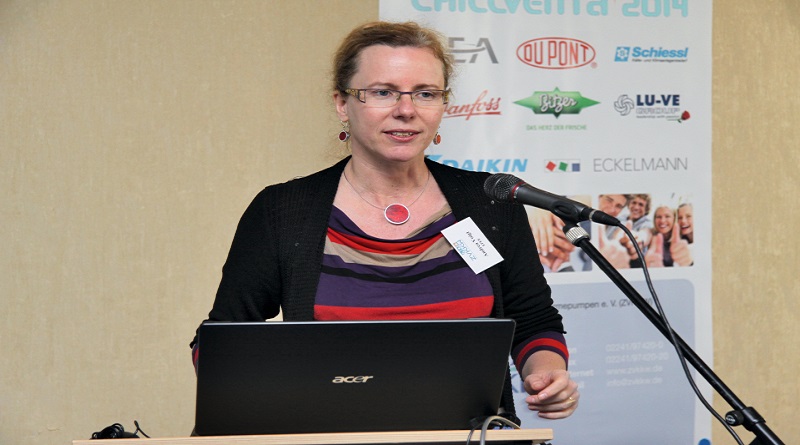Groups urge EU to overcome energy barriers
The barriers preventing modernisation of inefficient equipment must be overcome if Europe is to achieve its climate goals, two leading industry groups have claimed.
While heating and cooling have been identified and projected in the long-term as the EU’s biggest energy consuming sectors, and despite a general political consensus that energy efficiency is key to achieving Europe’s climate goals, the reality on the ground does not reflect this.
This was one of the main conclusions from installer, consumer, energy supply and financial institution representatives attending a recent workshop organised by the European Heating Industry (EHI) and the European Partnership for Energy and the Environment (EPEE).
Participants held several brainstorming sessions to discuss the factors that slow down the modernisation of heating and cooling equipment and to identify concrete ideas and solutions on how to overcome them.
Maintaining that the technologies for highly efficient and renewable heating and cooling already exist, EHI secretary general Federica Sabbati said: “To reach Europe’s climate goals we need to overcome the barriers that prevent the modernisation of inefficient equipment: lack of awareness at consumer level, lack of financing instruments, inertia when it comes to energy efficiency improvements.”
Andrea Voigt, EPEE’s director general, stressed that a “holistic and system-based approach, taking into account low hanging fruit such as inspections, maintenance, service, and monitoring of heating and cooling equipment will benefit consumers and ensure a rapid improvement in energy efficiency.”
Ideas to promote the modernisation of old and inefficient heating and cooling equipment in Europe included: a more active role for industry, public administrations, and consumer organisations in tackling consumers’ knowledge gap, by using interactive and innovative communications tools; trigger change at local community level via an interlinked and coordinated campaign involving cities, industry, consumers, and installers; create financing schemes through community funds and engage with the green mortgage/financial instruments of the private banking sector.




